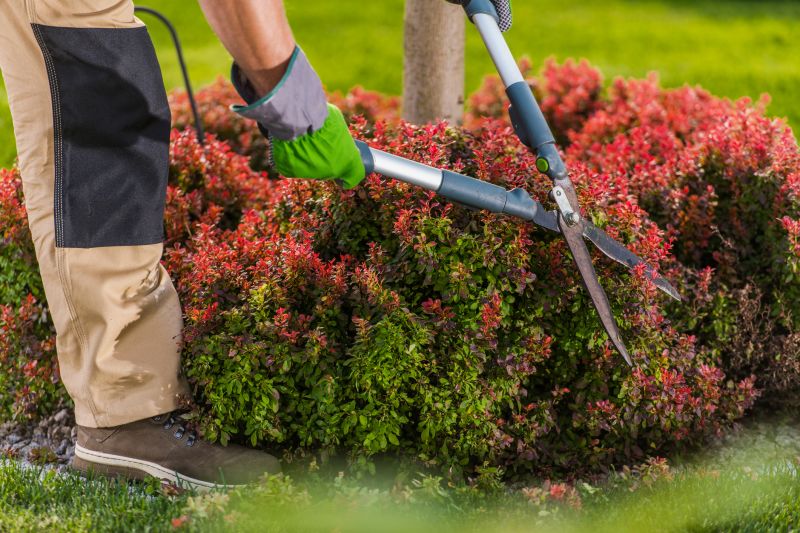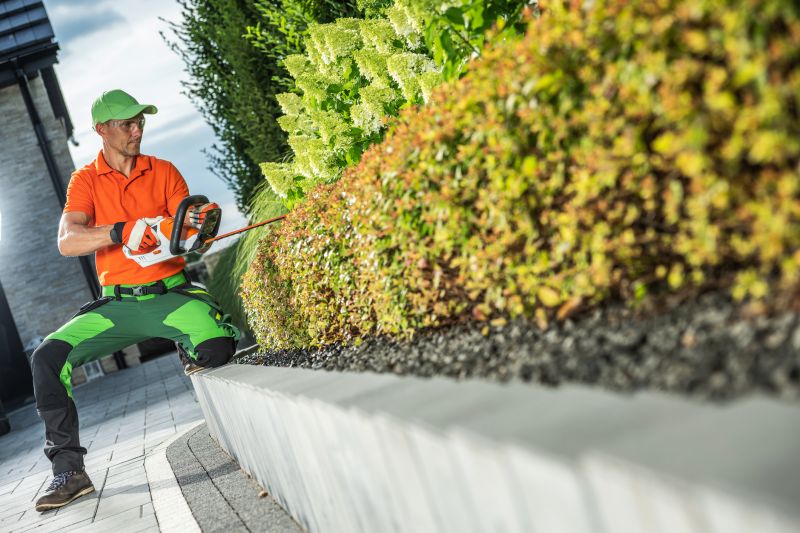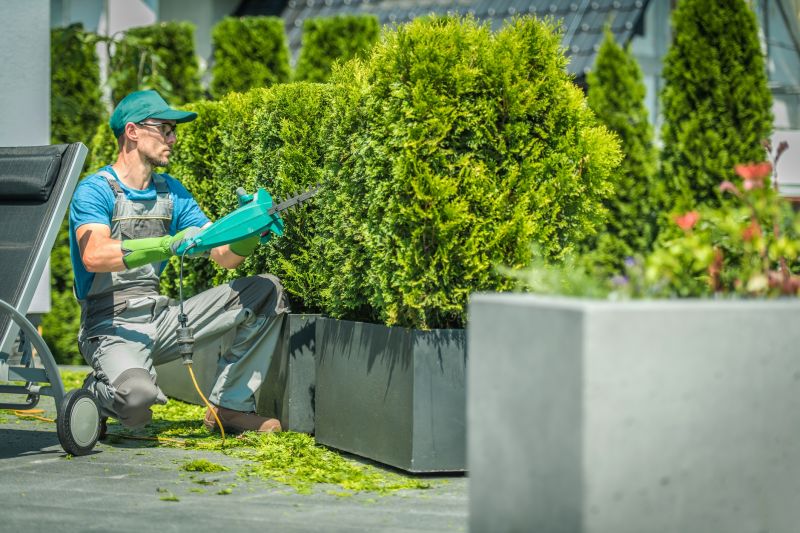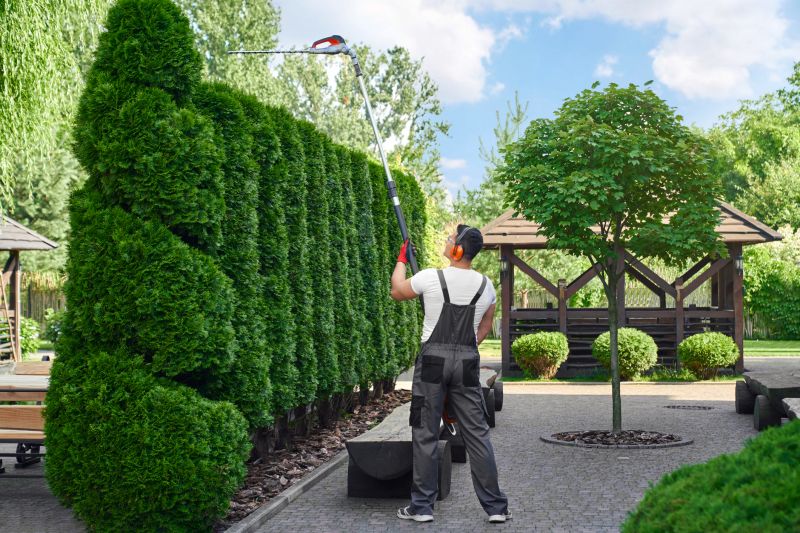Optimal Timing for Shrub Trimming
Proper timing for shrub trimmings ensures healthy growth and maintains the aesthetic appeal of landscape plants. The optimal period varies depending on the shrub species and local climate conditions. Generally, trimming during specific seasons promotes vigorous growth and prevents disease.
Ideal for shaping and removing dead or damaged branches before active growth begins. Encourages lush foliage and flowering for many shrub varieties.
Used to control size and shape during the growing season. Light trimming can promote bushier growth and maintain appearance.
Best for tidying up plants after flowering and before winter dormancy. Avoid heavy cuts to prevent stress during colder months.
Suitable for certain hardy shrubs during dormancy. Minimizes stress and prepares plants for spring growth.

Early season trimming for healthy growth.

Maintains shape during active growth.

Prepares shrubs for winter dormancy.

Ways to make Shrub Trimmings work in tight or awkward layouts.

Popular materials for Shrub Trimmings and why they hold up over time.

Simple add-ons that improve Shrub Trimmings without blowing the budget.
| Season | Recommended Activity |
|---|---|
| Spring | Pruning to promote flowering and remove winter damage. |
| Summer | Light shaping and maintenance during active growth. |
| Fall | Tidying up and preparing for dormancy. |
| Winter | Selective pruning for hardy shrubs during dormancy. |
Shrub trimmings are an essential part of landscape maintenance, influencing plant health, appearance, and growth patterns. Regular trimming helps remove dead or diseased branches, improves air circulation, and encourages new growth. The timing of these activities can significantly affect the vigor and flowering potential of shrubs.

Untrimmed shrub with overgrown branches.

Professional pruning of shrub branches.

Neatly shaped and healthy appearance.

Vibrant, well-maintained landscape plants.
Interested in scheduling shrub trimmings to enhance landscape appearance and plant health? Filling out the contact form can provide more information and assistance tailored to specific shrub types and local conditions.
